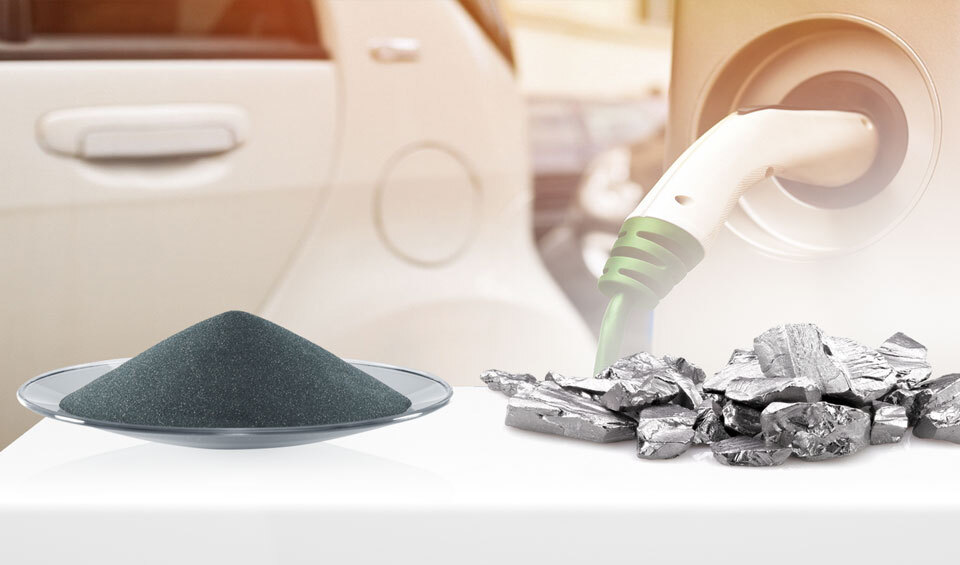
Recycling
ChemiLytics supports its customers with individual analytical solutions along the entire closed loop. Starting materials and primary raw materials alike are monitored for reusable content and unwanted accompanying elements. During the production process, our analysis ensures that production goals are achieved at every stage and that the final product no longer contains impurities.
Thanks to years of experience and closeness to our customers, we are in a position to react flexibly both to innovations in the production process and to new problems through the use of new materials – by adapting our analytical methods and continually developing ourselves further. For example, ChemiLytics developed a process based on ETV-ICP-OES to enable a customer to determine the sulfur content in the tungsten matrix even at very low concentrations. As a result, the customer was able to optimize their processes.
Sequence of analyses in the recycling process
A contribution to a safe and ethical supply of raw materials
Recycling is an important means of safeguarding the supply of raw materials, especially those that cannot be obtained from a company’s own mines. It also guarantees access to ethical resources, since, for example, there have been serious questions in the past about the ethics of mining for tantalum and niobium in the Congo. Use of secondary raw materials, meanwhile, not only reduces dependency on certain mining operations and/or companies, but also provides an important alternative in view of the 17 sustainability goals of the UN. Furthermore, closed-loop recycling makes customers independent of significant price fluctuations on the raw materials market, because they bear only the reconditioning costs for secondary raw materials.
Since deposits of metal ore such as tantalum and rare earths are finite and increasingly harder and more expensive to mine (requiring deeper and deeper intrusion into the environment), recycling these raw materials has become increasingly important. Hence innovative recycling is an indispensable contribution to environmental protection. Recycling has a long tradition at our company: Back in the 1930s, H.C. Starck had already begun processing hard-metal scrap as a secondary raw material. And these days even the skimmings from our treatment plant at the Oker Metallurgy Park location are recycled to extract the last traces of valuable elements.

Our expertise for various markets
As a service provider in the analysis sector, ChemiLytics also offers services tailored to various markets. This means participants in battery recycling, additive manufacturing and recycling as a whole benefit from our expertise in the relevant analysis methods and from our support across entire production cycles and life cycles.



Our expertise in battery recycling
Are you interested not only in recycling in general, but also in the specialist field of battery recycling? Consider us your point of contact for this responsible task as well. Here you can learn more about our expertise in the recycling of lithium-ion batteries.

